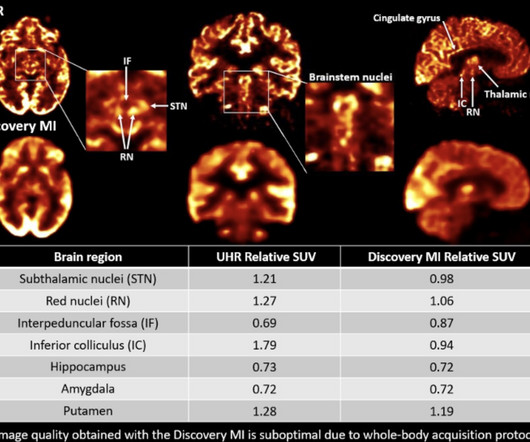Meet the Minnies 2024 finalists
AuntMinnie
OCTOBER 25, 2024
He's also won the award five times under the Best Educational Mobile App category (2023, 2020, 2019, 2017, and 2016), once for Most Influential Radiology Researcher (2004), and once under the category of Best Radiology Image (2017). Elliot Fishman, MD.












Let's personalize your content